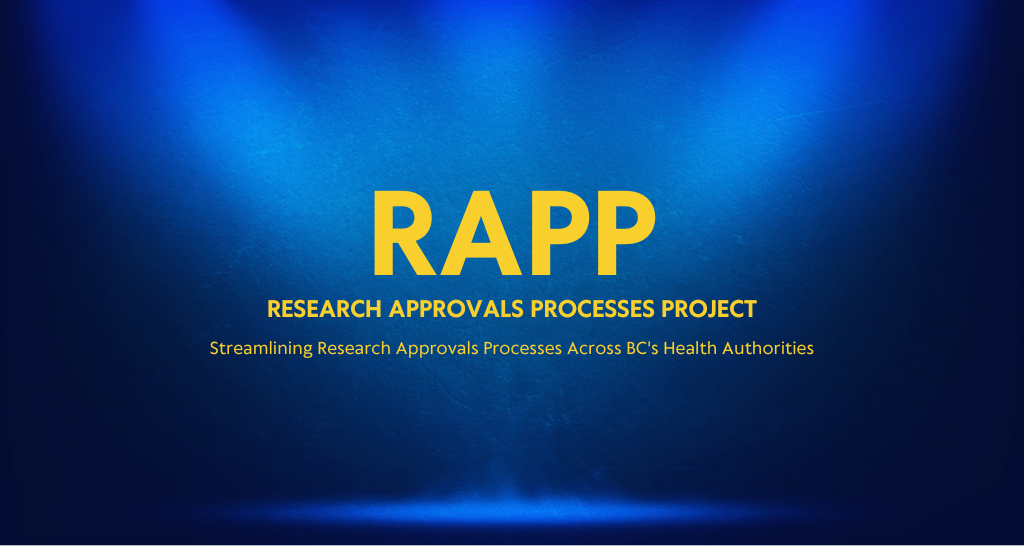Gavin Stuart: Bringing international expertise to BC clinical trials
21 June 2021

Gavin Stuart is a respected voice in the international clinical trials community; his expertise is an asset to the Clinical Trials BC Advisory Council, which met for the first time on July 30th, 2019. A professor in the Department of Obstetrics/Gynecology at UBC, he’s an active teacher, clinician and researcher as a member of a gynecologic oncology team based at Vancouver General Hospital and BC Cancer. He’s led large clinical trials in many jurisdictions and has authored publications on the methodology and the conduct of clinical trials specifically within the area of gynecologic cancer.
Most notably, in addition to serving on boards of several public entities including Life Sciences BC, Life Labs Inc. and Genome BC, he served as the Dean of the Faculty of Medicine from 2003 to 2015 and was UBC’s Vice-Provost Health from 2009 to 2016.
Dr. Stuart’s involvement with the BC AHSN organization began with BCCRIN (British Columbia Clinical Research Infrastructure Network), a predecessor of both BC AHSN and Clinical Trials BC.
“The transition was an opportunity that provided mutual benefit and time to both BCCRIN and BC AHSN,” he noted in a recent interview. “BCCRIN had reached the point that it was challenged to develop a sustainable business plan. At the same time, BC AHSN was challenged to find a credible governance framework that was going to be able to move it forward.”
The transition made logical sense.
“By rolling the two together with the governance that had been established for BCCRIN by all the partners and using the opportunities in funding within BC AHSN,” he continued, “it allowed BC AHSN to be solidified and the elements of BCCRIN embedded within Clinical Trials BC.”
“…To do more research, we need more clinical trials; to do more clinical trials, we need more patients.”
Dr. Stuart’s worldwide experience in governance has been of great value to the development of Clinical Trials BC (CTBC) as a fully-operational unit.
“In the past, I was the chair – and helped develop – the Gynecologic Cancer Intergroup [GCIG], an international consortium of clinical trials organizations,” he recalled. “What [this group] allowed us to do was to help us conduct large-scale clinical trials in a timely manner across global populations that meant that the results were readily transferable; so what I spent a lot of time doing was developing capacity to manage trials data in different countries.”
“Right now, we have 36 international trials groups involved in GCIG. What we had to do was…ensure that these countries had the capacity to conduct clinical trials in an appropriate manner. So, the things that GCIG focused on are all the things that we see Clinical Trials BC focused on now. Regulatory issues, data management, team development issues and career development for people involved, investigator development, liaison with industry, all of those are critical elements that I know very well.”
“Tom [Noseworthy] and the team are starting to demonstrate the value add from BC AHSN.”
Dr. Stuart believes that BCCRIN’s evolution into Clinical Trials BC – under the BC AHSN banner – was of significant value to the research community involved in clinical trials in the province. He noted that Clinical Trials BC is now very well positioned and is now providing significant resources, supports and professional development to clinical researchers in the province.
“[CTBC] provides a rich toolbox to investigators to further the clinical trials enterprise in BC,” he said.
Overall, Dr. Stuart believes that the key to BC AHSN’s success lies in communicating its value to the complex health care system in the province.
“I think that the biggest thing with BC AHSN right now is the majority of people wonder what it is, and if they know what that is, they ask what the value add is,” he noted. “Tom [Noseworthy] and the team are starting to demonstrate the value add from BC AHSN. In the short- term and certainly the longer-term, there’s a need for ongoing work to translate the understanding within the health care system so people can say ‘oh I get it, I see that’s just where BC AHSN fits.’”
“BC AHSN can help with making the connection between clinicians, researchers, and other patients – to show how everything is interconnected and all work together as a learning health system.”
He observed that currently, this awareness to the value add for stakeholder, and the benefits that BC AHSN can provide, are not yet apparent.
Dr. Stuart believes that that BC AHSN will succeed by showing multiple small, but effective, strategic successes will help to achieve the positioning that BC AHSN desires, and the changes in the health care system that it seeks.
“To try and suggest that [BC AHSN] is going to fix the system tomorrow is going to disappoint everybody,” Dr. Stuart observed. “If people can recognize that there are some ‘bite-sized’ successes that they can identify with the AHSN – these bite-sized successes translate into a profile that shows the added value in BC’s health care system.”
Dr. Stuart noticed a current disconnect for health care users who are unaware of what goes on beyond their interactions within the health care system. BC AHSN can help with making the connection between clinicians, researchers, and other patients – to show how everything is interconnected and all work together as a learning health system.
Therefore, one of the key contributions of the BC AHSN organization is to give credibility and credence to the health care system in BC, and to show that the system is interconnected, with a research-to-practice system continually being refined and further developed.
“Most patients look at the health care system and they have no idea whether the doctor they’re seeing in the office is talking to the caregiver in the hospital. And they have no idea at all if the hospital they went to is talking to the last hospital they were in,” he said. “I think BC AHSN has the opportunity to reflect the health system as a true network and not a series of silos…right now, there’s no sense of connectivity. I think the AHSN is poised to be able to show that connectivity and increase the confidence in the health system for patients.”
“[CTBC] provides a rich toolbox to investigators to further the clinical trials enterprise in BC.”
Dr. Stuart specifically noted that Clinical Trials BC will have a key role in creating the change.
“There is a need to embrace both highly-regulated phase II clinical trials as well as pragmatic clinical trials, as both are key elements of our approach,” he noted. “We know that outcomes are not ideal, side effects and interventions are significant, so we need more research. And to do more research, we need more clinical trials; to do more clinical trials, we need more patients.”
“So, we need to increase the confidence in the public that clinical trials are very highly-monitored and supported activities in the province. I think CTBC is the group in BC to show this need.”





